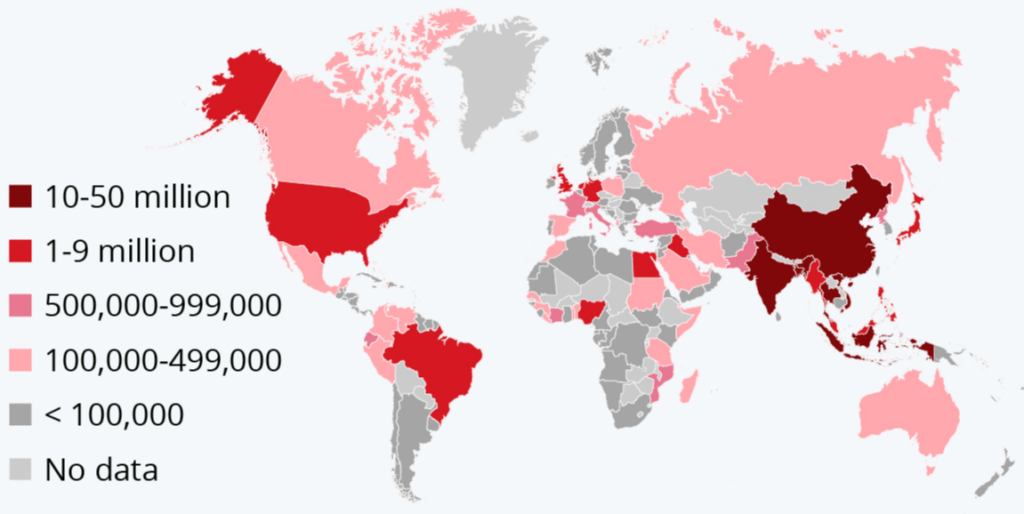Engineering Against Rising Sea Levels

As many cities in North America hope for a few millimeters of rain to stop entire states from smelling like an August bonfire, coastal towns around the world are increasingly worried about a few millimeters of sea creeping into their kitchens.
Background: Sea levels are rising. Thanks to decades worth of satellite data, NASA has been able to track sea level change over time and found it has risen 9.1 centimeters since 1991.
This increase seen over the last 30 years is roughly equal to the entire sea level rise from the 70 years before that, from 1920 to 1990. At this rate, kids will be swapping their yellow school bus for a yellow submarine to get to school soon enough.
Sea level change since 1900
millimeters

According to the World Bank, one quarter of the world is currently exposed to flooding risk, while flood disasters have increased by 134 percent since 2000.
- Much of this is attributed to the warming climate causing sea levels to rise, but our love of constructing beautiful livable structures in the path of hurricanes hasn’t helped the situation either.
Based research published in Nature, 190 million people around the world currently live on land that is expected to be below high tide lines by 2100.
People living on land expected to be under sea level by 2100

While China and India are expected to have the largest total populations at risk of flooding, the Netherlands and Bangladesh could see a higher percentage of their people at risk – both at almost 60 percent of their citizens.
SpongeBob might be a solution: Sponge cities are becoming a thing. They refer to increasing natural areas like parks, lakes, and trees in urban cities that absorb rain.
- This is an example of a nature-based solution and major cities like Shanghai and New York are increasing their #sponginess.
Venice has a slightly different approach: keep the water out
After a construction period of 20 years, the Italian archipelago city’s flood barrier system was finally completed in 2020. Since then, it’s been used 33 times to prevent major instances of flooding.
- The system uses the aptly named acronym of MOSE (Italian for Moses – yes, the same Moses who parted the sea).
Tokyo took another approach with the installation of flood tunnels that divert water from an overflowing river into massive underground tanks.

These projects are not cheap.
In our best dad voice: “So, what’s the damage?”
Venice spent $8 billion to build MOSE, while US cities estimate they’ll have to spend hundreds of billions in flood mitigation.
- Despite the large price tags for infrastructure, they’re still expected to cost less than the damage from floods and other water-related disasters, which are projected to cost $5.6 trillion by 2050.
On top of the flood mitigation techniques used, early warning systems will also be critical to ensure the safety of populations near large bodies of water.
Zoom out: While cities are beginning to adapt to become more resilient to disasters, the increased frequency of extreme weather will be a major challenge, further illustrating the importance of the work being done to mitigate climate change.
Contrary to what Sebastian from The Little Mermaid says, everything is not always better under the sea.




